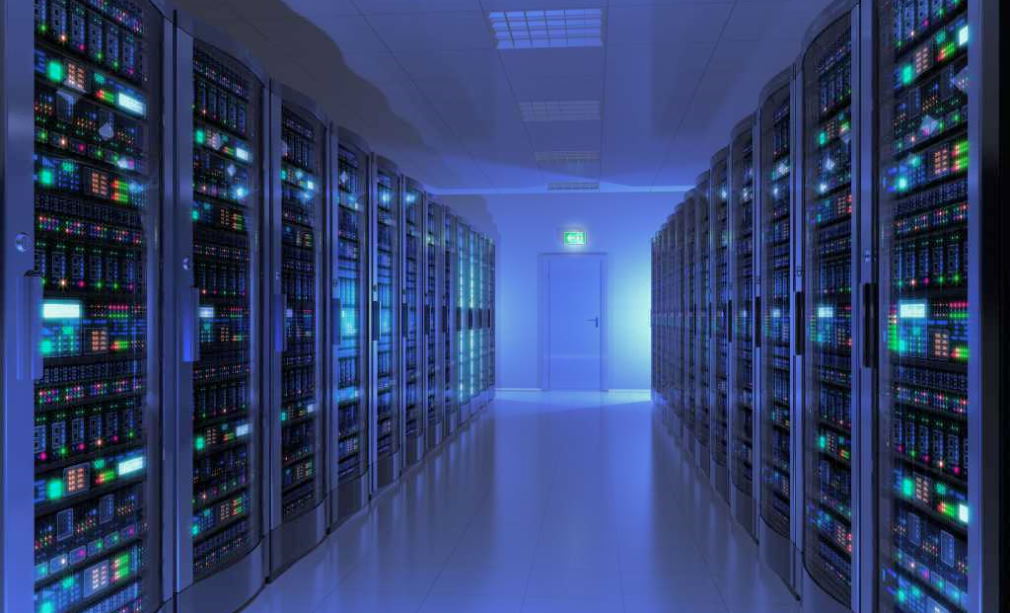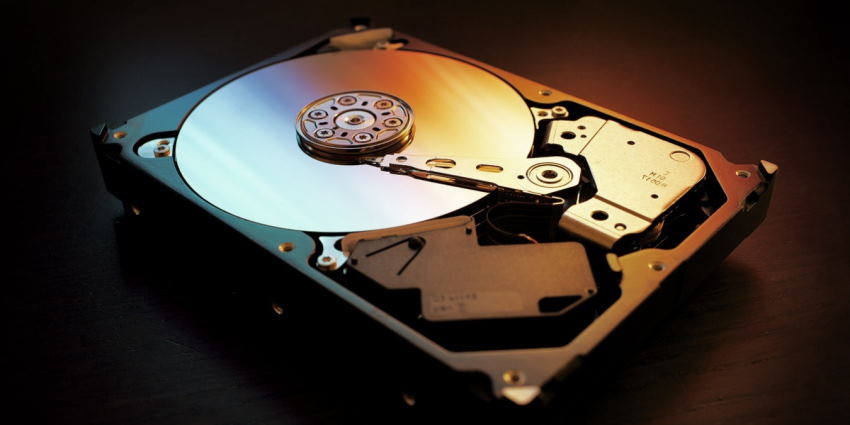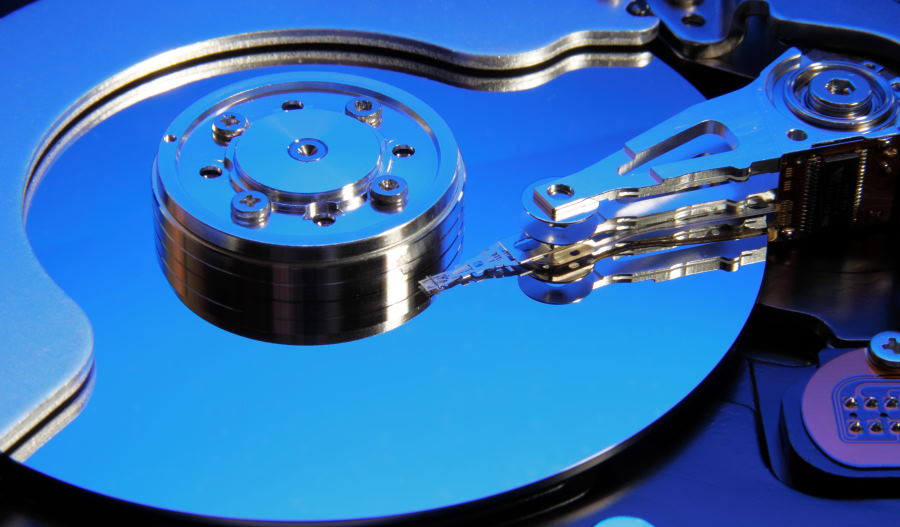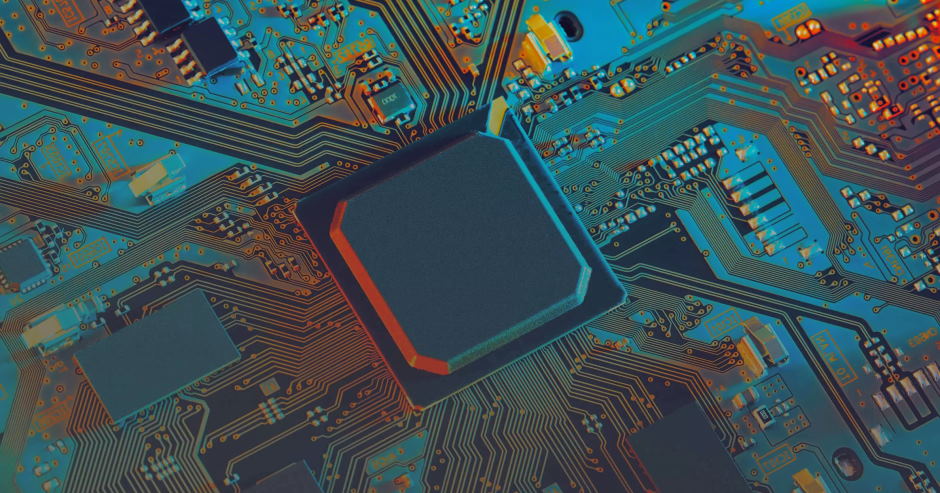It’s amazing to think about all of the technological advances that have taken place since the first hard disk drive was created in 1956. In just a few short years, we’ve gone from storing a few kilobytes of data to having terabytes of information at our fingertips. And as storage technology continues to evolve, hard disk drives are changing along with it. Here are some of the technologies that are changing HDDs forever.
The latest HDD storage technologies
The hard disk drive is one of the most important components of a computer. It is responsible for storing all of the data that a user creates, including their operating system, applications, and personal files. While the capacity of hard drives has increased dramatically over the years, the technology has remained largely unchanged. However, that is starting to change. Here are three technologies that are changing hard disk drives forever:
- Heat-assisted magnetic recording (HAMR)
Traditional hard disk drives use magnetic recording to store data. This involves using a tiny read/write head to magnetize particles on a spinning disk. The problem with this approach is that it becomes increasingly difficult to store data at higher densities (i.e., more data per square inch).

HAMR is a new recording technology that overcomes this limitation by using a laser to heat the disk before writing data. This allows for data to be stored much more densely without sacrificing reliability.
- Shingled magnetic recording (SMR)
SMR is another new recording technology that promises to increase the capacity of hard disk drives. It works by overlapping tracks (i.e., shingling them), allowing more data to be stored in the same amount of space.
The downside of SMR is that it can reduce performance since the read/write head has to move further to access different tracks. However, this trade-off is generally worth it for applications where capacity is more important than speed (e.g., archival storage).
- Microwave-assisted magnetic recording (MAMR)
MAMR is a promising new recording technology that could eventually replace HAMR. It works by using microwaves to heat the disk, allowing data to be stored at even higher densities.

The downside of MAMR is that it is still in the early stages of development and is not yet commercially available. However, it has the potential to greatly increase the capacity of hard disk drives in the future.
These are just a few new technologies changing hard disk drives forever. As storage densities continue to increase, these technologies will become increasingly important.
Hard drive technologies for Big Data workloads
There are three main hard drives commonly used for big data workloads: SAS, SATA, and SSD. SAS is the most expensive and fastest type of hard drive, while SATA is the least expensive and slowest. SSD is somewhere in the middle, providing faster performance than SATA but at a higher price point.
When choosing hard drives for a big data workload, it is important to consider cost and performance. SAS drives are generally the best for high-performance applications, while SATA drives are a good choice for lower-cost storage. SSD drives can be a good choice for either type of workload, depending on the application’s specific needs.



